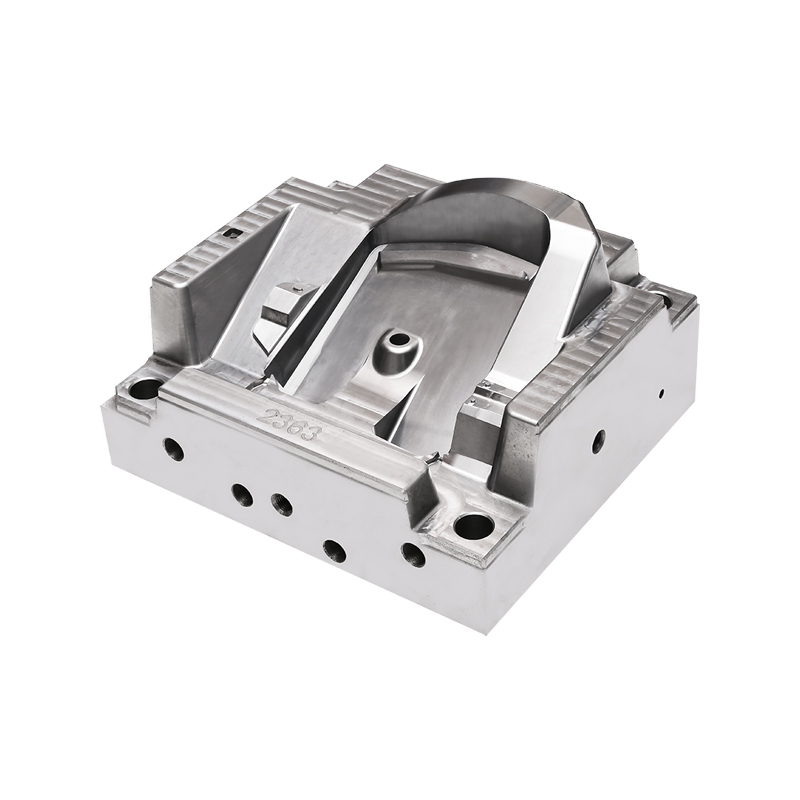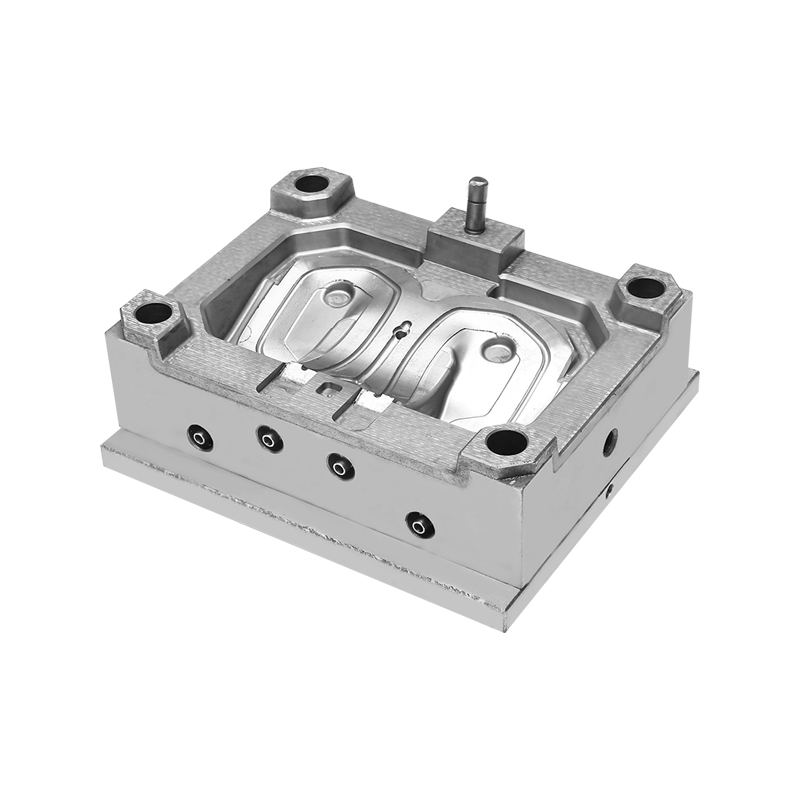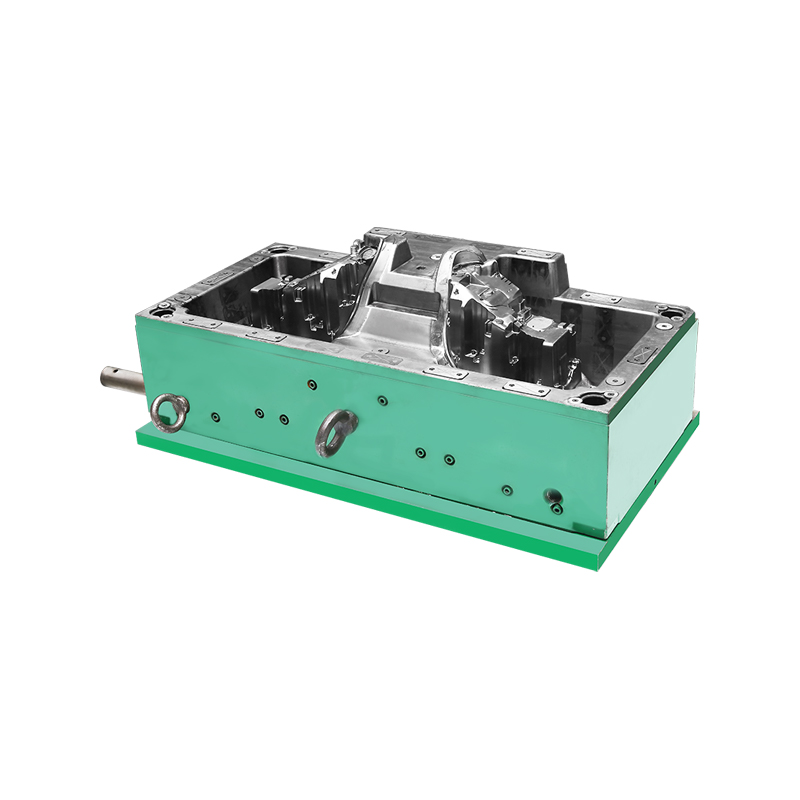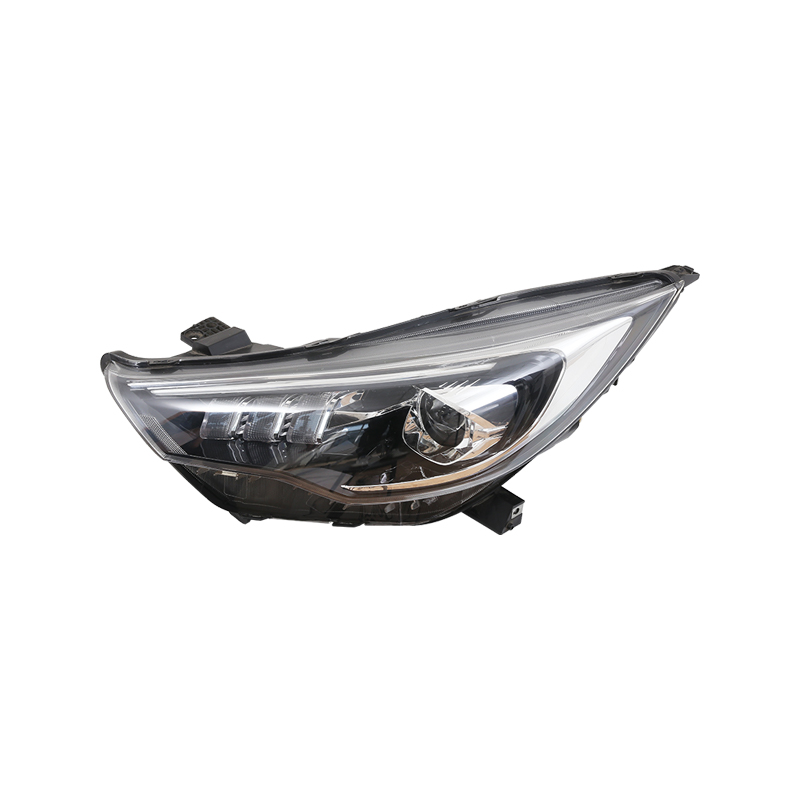In the realm of automotive manufacturing, the creation of car headlight molds and the careful management of custom injection molding costs play pivotal roles in shaping both design innovation and economic feasibility.
The Basic Components of Car Headlight Mold
Car headlight molds are intricate tools that facilitate the mass production of headlight components, crucial for ensuring safety and visibility on the road. These molds consist of several key components:
Cavity and Core: The cavity and core are the primary components of the mold where the molten plastic is injected. They define the shape, size, and surface details of the headlight housing, lens, and other components. These parts must be meticulously designed to withstand high pressures and temperatures during injection molding.
Sprue and Runners: Sprue is the channel through which molten plastic is introduced into the mold cavity from the injection molding machine. Runners are the pathways that distribute the plastic to different parts of the mold. Efficient design of sprue and runners reduce material waste and ensures uniform filling of the mold cavity.
Ejector Pins: Ejector pins are used to push the molded part out of the mold once it has solidified. They must be strategically placed to avoid damaging the part during ejection and to ensure smooth release from the mold.
Cooling System: Proper cooling is critical to ensure that the plastic solidifies uniformly and that cycle times are optimized for efficient production. Cooling channels are integrated into the mold design to control temperature and reduce cycle times without compromising part quality.
Venting System: Venting allows gases and air to escape from the mold cavity during injection to prevent defects such as air bubbles or incomplete filling. It ensures that the final headlight components are free from imperfections that could affect performance or appearance.
Aspects Limited by Custom Injection Molding Manufacturing Cost
Custom injection molding is a versatile manufacturing process that offers immense flexibility in producing complex parts with high precision. However, several factors can influence the cost of custom injection molding:
Tooling Costs: The cost of designing and fabricating molds is a significant initial investment in custom injection molding. Complex molds with intricate designs or multiple cavities require more sophisticated tooling processes and materials, increasing upfront costs.
Material Selection: The choice of plastic resin affects both the performance characteristics and the cost of the molded parts. Engineering-grade resins with specific properties such as heat resistance or impact strength may be more expensive than general-purpose plastics. Moreover, additives and colorants can further influence material costs.
Part Design Complexity: The complexity of the part design impacts tooling requirements, cycle times, and material usage. Parts with undercuts, intricate geometries, or tight tolerances may necessitate more advanced molds and longer production cycles, thereby increasing manufacturing costs.
Production Volume: Economies of scale play a crucial role in custom injection molding costs. Higher production volumes typically reduce per-unit costs due to amortization of tooling expenses and increased efficiency in production processes. Conversely, low-volume production runs may incur higher costs per unit.
Secondary Operations: Post-molding operations such as assembly, finishing, and quality inspections add to the overall manufacturing costs. These operations are necessary to meet specific customer requirements or industry standards but can contribute significantly to the total cost of the finished part.
Quality and Tolerance Requirements: Meeting stringent quality standards and dimensional tolerances often requires additional process controls, inspections, and testing procedures. These measures ensure consistency and reliability but may entail higher production costs.
Balancing these factors is essential for manufacturers seeking to optimize cost-efficiency without compromising on quality or performance. Advanced technologies such as computer-aided design (CAD), computer-aided manufacturing (CAM), and simulation tools help streamline the custom injection molding process, enabling precise control over manufacturing costs while delivering innovative solutions tailored to automotive and other industries' exacting requirements.

 English
English 中文简体
中文简体 русский
русский Español
Español








